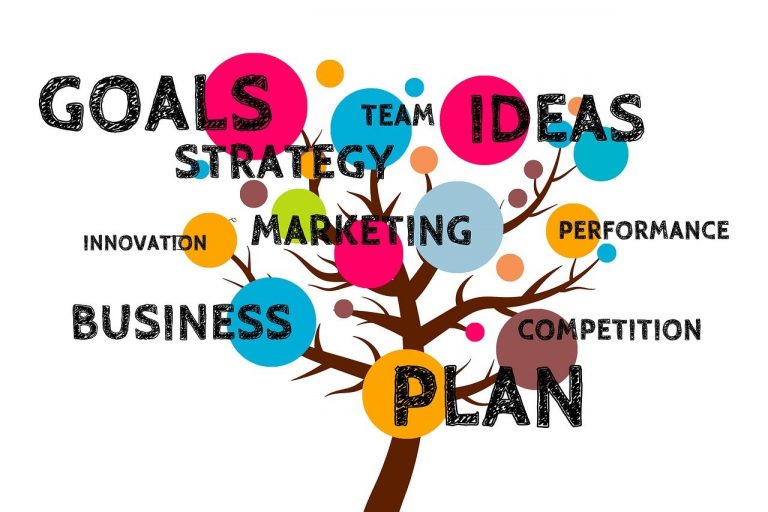
Strategic Supplier Management: Navigating Value Dynamics, Enhancing Business Resilience

Establishing and maintaining strong ties with important suppliers is an essential part of strategic supplier management. It guarantees a reliable and ongoing flow of products and services. In the bigger picture of supplier management, managing value dynamics and strengthening company robustness entails several crucial ideas and procedures. There are some important things to remember:
- Concentration of Suppliers
- Risk Exposure: Being overly dependent on one provider makes you more susceptible to interruptions. Any problems you may have with that supplier, such as delayed manufacturing, poor quality, or unstable finances, might have a big effect on your business.
- Negotiation: High reliance on a single supplier might impair your negotiating position and make it more difficult for you to get good terms and prices.
- Creativity Dependency: Relying just on one supplier may prevent you from taking advantage of any new developments or technology that other suppliers may have to offer.
- Mitigation
- Risk Prevention: Reducing your reliance on just one supplier and its related risks can be achieved by diversifying your supply base. If there are difficulties with one provider then there may be others who can step in.
- Competitiveness among Suppliers: When there are several providers, there is a greater chance of competition, which improves cost, quality, and care as providers fight for your business.
- Reliability and Adaptability: The ability to adjust to fluctuations in demand, unanticipated interruptions, and evolving market circumstances is made possible by a diverse supply base.
- Balanced Act
- Essential supplier: Find the essential vendors whose goods or services are necessary for your business operations. Even in a portfolio with diversity, take backup plans and risk-reduction techniques into account for these.
- Strategically Alliances: Even while diversifying, establish strategic alliances with important suppliers to promote cooperation, creativity, and shared success.
- Constant Observation
- Effectiveness Indicators: Independent of a supplier’s strategic value, track their performance over time. This guarantees that all merchants are fulfilling your requirements.
- Flexibility: Be ready to modify your supplier plan in response to shifts in market conditions, your company’s requirements, or the efficiency of certain suppliers.
- Interaction
- Transparent interaction: Let all of your suppliers know exactly what is expected of them and stress the value of their contribution to your supply chain.
- To build trust, and communicate with suppliers honestly and openly.
- Risk Sharing: Talk to suppliers about the benefits of diversity and emphasize how having a strong supply chain helps both parties.
- Provide pertinent details on your company ideas, demand projections, and possible obstacles.
- Utilize technology to improve cooperation, communication, and performance monitoring. One example of this is the use of supplier relationship management systems.
- Use data analytics to uncover areas for development and acquire insights about supplier performance.
- Planning of Scenarios
- Risk Scenario Analysis: Prepare for anticipated interruptions from one or more suppliers by doing scenario planning. This aids in the creation of practical risk-reduction plans.
- Create backup plans and do scenario analyses to get ready for unforeseen events.
- To make sure these strategies are effective, test and improve them frequently.
- Legal Compliance
- Keep updated on and make sure that all applicable laws that affect the supply chain are followed.
- Work alongside suppliers to make sure companies respect standards and regulations.
- Think about how your entire supply chain will affect society and the surroundings.
- Collaborate with suppliers who follow environmentally friendly and moral business practices.
For a supply chain to be robust and flexible, it is important to manage the proportion between supplier concentrations to diversity. Although concentration may have short-term advantages, long-term risks demand a deliberate strategy that involves diversification to reduce risks and improve the supply chain’s overall durability. Developing an aggressive, comprehensive strategy to build solid, enduring, and mutually beneficial partnerships with important suppliers is known as strategic supplier management. Organizations may improve their ability to respond to evolving market circumstances and reduce supply chain risks by managing value dynamics and emphasizing the development of business endurance.
Sources:
https://www.stockiqtech.com/blog/supplier-diversification
https://www.linkedin.com/pulse/importance-supplier-diversification-reducing-supply-
https://www.prevalent.net/blog/supply-chain-concentration-risk/
